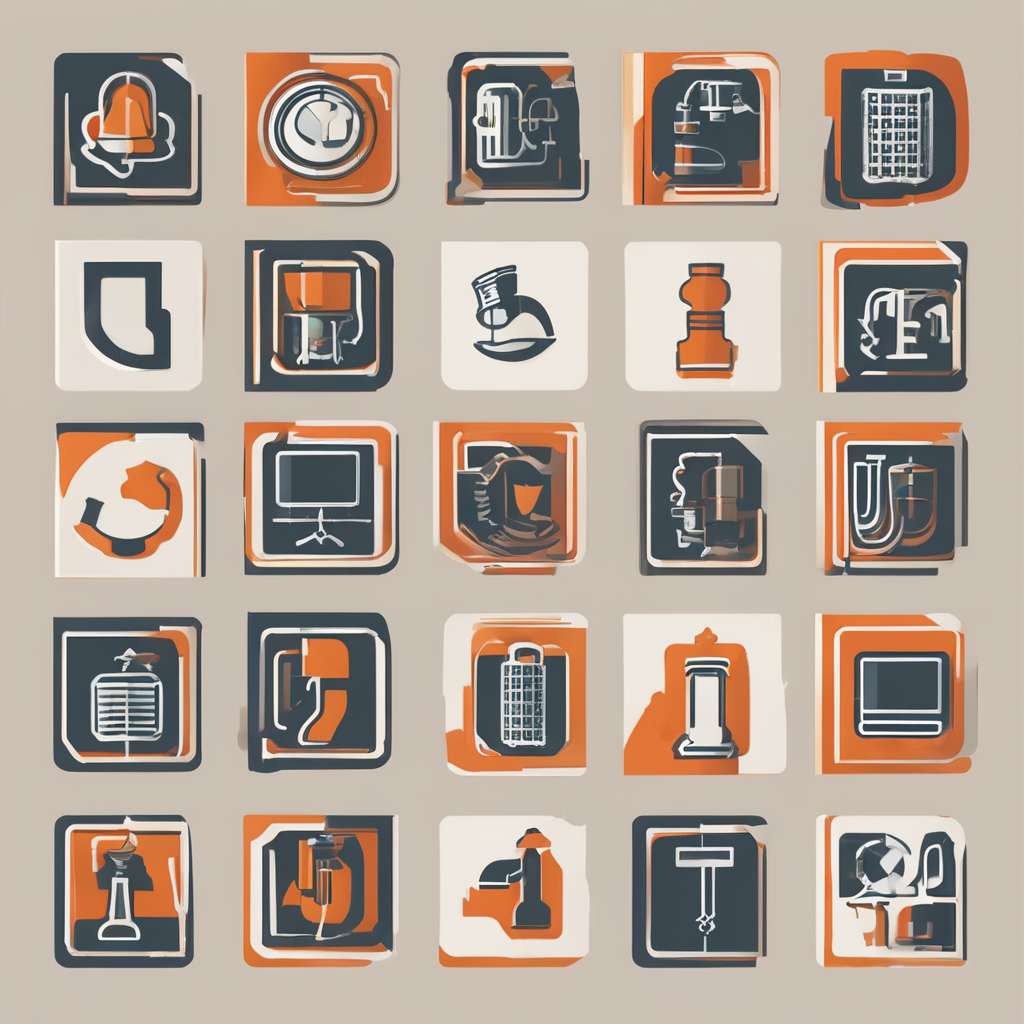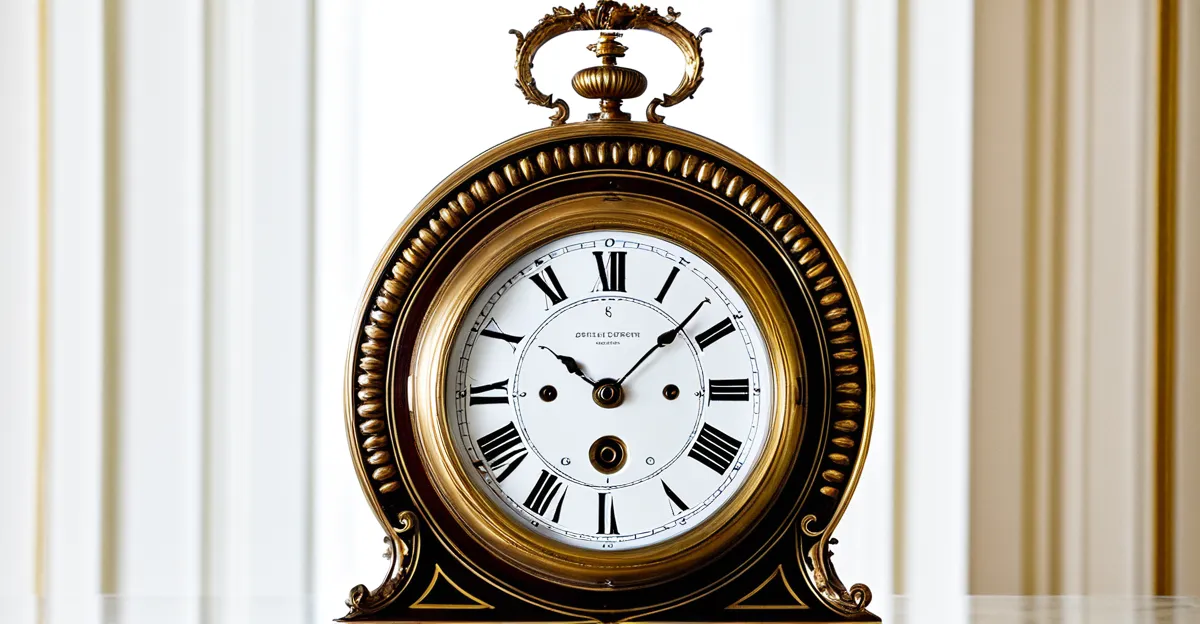Explore the artistry behind 19th-century French clocks, where craftsmanship meets history in exquisite mantel and carriage timepieces. Renowned artisans combined materials like gilded brass, marble, and bronze with innovative mechanisms to create reliable, elegant pieces. Understanding these details helps collectors identify authentic works, appreciate their value, and ensure proper restoration for lasting heritage.
Key characteristics and significance of 19th-century French clocks
Among collectors and design enthusiasts, 19th century french clocks are celebrated for their rich diversity and technical refinement. This page explains it in detail: 19th century french clocks. The era’s clockmaking encompassed iconic mantel clocks, travel-ready carriage clocks, intricate skeleton clocks, portico clocks with classical columns, and stately longcase clocks. Not only did these clocks punctuate interiors with both art and utility, but they also reflected shifts in French society—mirroring Neoclassical, Empire, and Rococo aesthetics, often featuring gilded bronze, marble, or high-grade glass.
Also to see : Innovative ways to accentuate bay windows in your georgian living space
Workshops led by notable figures like Jean-Simon Deverberie, Louis Moinet, Pierre-Philippe Thomire, and Cailly Freres drove innovation. These artisans integrated technical advances—like lever escapements and refined pendulums—with decorative artistry. The timepieces frequently showcased mythological themes, allegories, and elaborate decorative motifs. Their presence in palaces and drawing rooms underscored both status and France’s preeminence in horological craftsmanship throughout the 1800s, offering a blend of artistry, function, and mechanical ingenuity that still fascinates today.
Materials, craftsmanship, and identifying authentic French clocks from the 1800s
Materials used: Brass, gilded bronze (ormolu), marble, spelter, shagreen, and wood
French bronze clock cases were prized for their resilience and decorative appeal. Brass and gilded bronze (ormolu) were commonly used for high-end 19th-century mantel and carriage clocks. Clockmakers also favored marble for its elegance and weight. Spelter, a more affordable alloy, appeared in some decorative cases, while rare clocks showcased shagreen—a textured leather—along with select wooden cabinets. The choice of material often signaled the intended prestige and price tier of the clock.
Also to read : Best choices for a trendy and durable kitchen backsplash in the uk
Hallmarks of craftsmanship: hand-finishing, patination techniques, enamel dial artwork, and mechanical innovations
The finest 19th-century French clockmaking showcased meticulous hand-finishing on bronze mounts and case fittings. Techniques like careful patination added depth and color to metal surfaces, distinguishing genuine period pieces. Dials often displayed detailed enamel artwork and occasionally intricate numerals. Mechanical innovation flourished, with features including refined pendulums, escapements, and precise chimes, reflecting the creativity and expertise of famed French clockmakers such as Louis Moinet and Pierre-Philippe Thomire.
Authenticity checks: identifying marks, clockmaker signatures, inscriptions, and period motifs
To determine authenticity, collectors examine the clockmaker’s signature, often found on the dial, backplate, or movement. Authentic 19th-century French clocks feature distinctive period inscriptions and decorative motifs—for example, neoclassical, Empire, or allegorical figures. Markings inside the case or on the movement, such as serial numbers or French guild stamps, further confirm provenance. Examining these details helps confirm a piece’s genuine 19th-century origins.
Collecting, Valuation, and Market Trends for 19th-century French Clocks Today
Buying and Selling: Auction Prices, Reputable Dealers, and Valuation Factors
Auction prices for 19th-century French clocks can vary dramatically—from accessible options starting under £25 to high-value rarities exceeding £80,000. Features such as renowned makers, elaborate ormolu or gilt bronze cases, artistic dials, and original movement mechanisms significantly influence these values. Major dealers, including those with sizable inventories, provide access both in-person and online. The specialized marketplace at La Pendulerie showcases clocks by notable artists like Jean-Simon Deverberie and Pierre-Philippe Thomire, further setting benchmarks for quality and price.
Restoration and Maintenance: Professional Repairs and Value Preservation
Restoring French clocks requires specialist knowledge. Maintaining mechanical integrity and historical features is highly valued; interventions typically include full movement servicing, case plating, and sometimes dial restoration. Repairs done by untrained hands risk reducing both intrinsic and financial value. Reputable workshops offer guarantees after restoration, reassuring collectors regarding their investment.
Current Trends: Collecting Popularity, Buyers’ Guides, and Antique Fairs
Interest in collecting 19th-century French mantel and carriage clocks remains strong among enthusiasts and new buyers. Buyers’ guides, antique markets, and seasonal fairs help educate collectors on authenticity, condition, and style distinctions—particularly between Empire, Neoclassical, or Rococo influences. Photographic documentation assists with identification and supports future appraisals.




